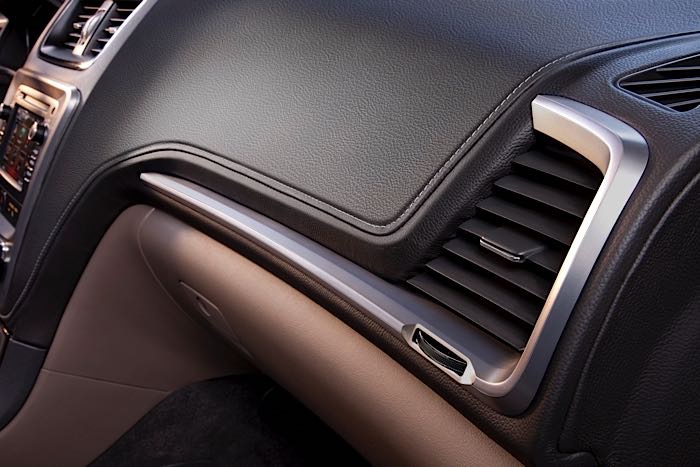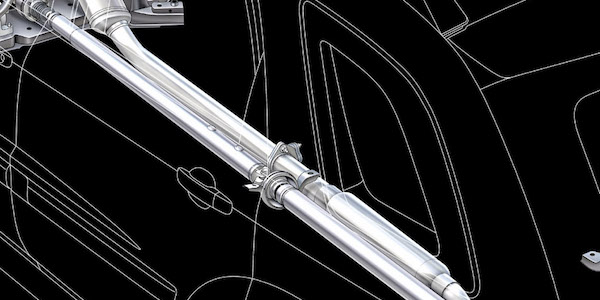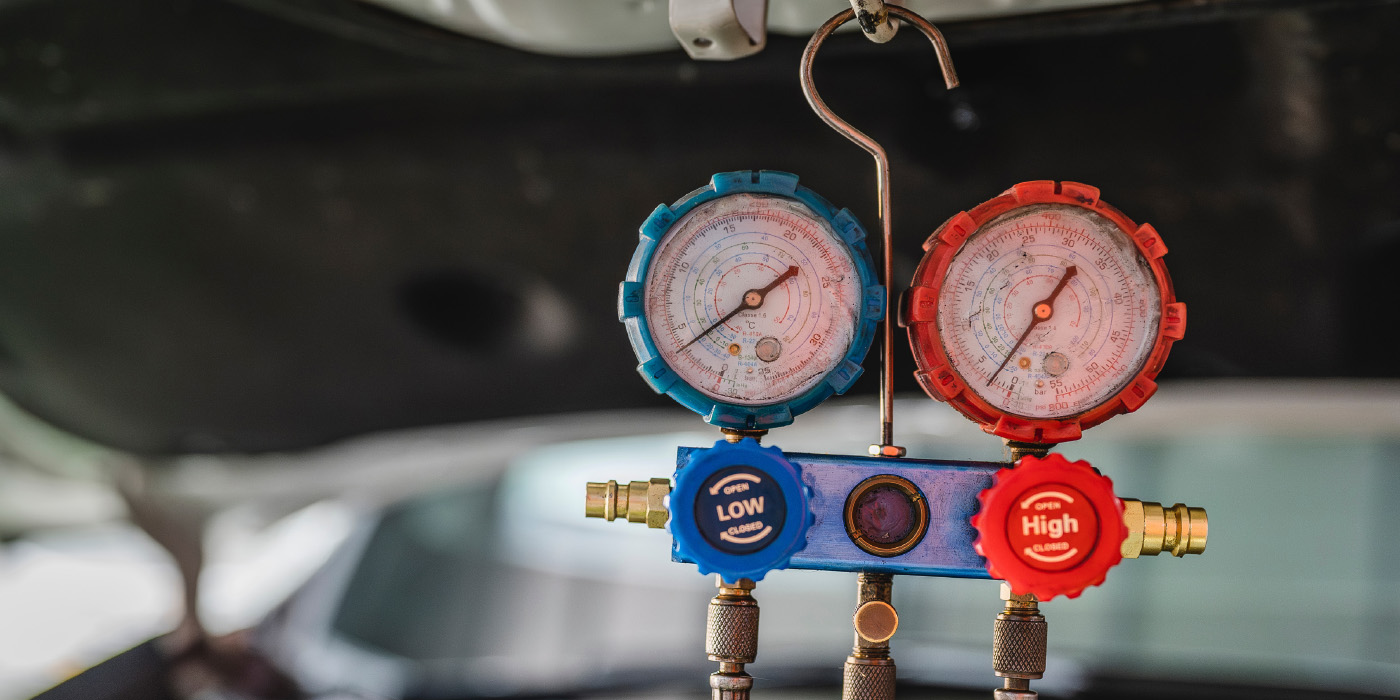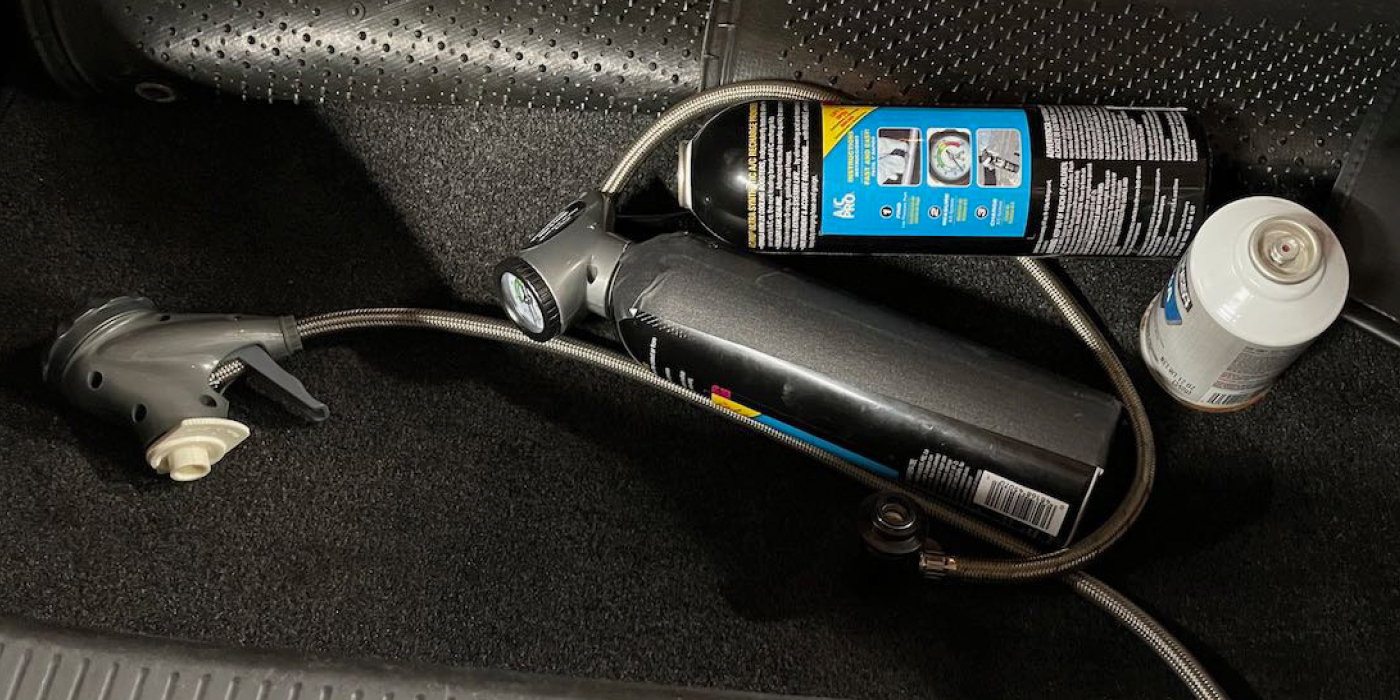If you haven’t had a lot of experience dealing with R-1234yf in your shop yet, get ready. You’re going to steadily be seeing a lot more of this refrigerant in the coming years. Underhood Service talked with ASE Executive Director of Special Projects Dave Cappert about R-1234yf updates and best practices techs need to know to be able to service these vehicles before one catches you off guard.
Q. What are the most important things technicians need to know about servicing vehicles with R-1234yf that they may not be aware of?
A. Vehicles with R-1234yf have different service fittings than R-134a vehicles to prevent cross-contamination with different refrigerants. Also, it’s illegal to put R-134a or any other refrigerant into a car originally equipped with R-1234yf. In fact, using any refrigerant other than R-1234yf in a R-1234yf system may constitute emissions tampering if the manufacturer counts air conditioning credits (use of R-1234yf) towards light-duty, greenhouse gas (LD GHG) compliance. Many R-1234yf systems also use an internal heat exchanger (IHX) not commonly found on R-134a vehicles. The IHX is integral to the low-side system plumbing and improves cooling efficiency. Of course, like other A/C systems, R-1234yf systems will have a unique system label showing the refrigerant type, charge amount, oil type and more.
Q. For technicians, what are the main differences of note between working on vehicles using R-134a versus R-1234yf?
A. The pressure/temperature relationship of R-1234yf and R-134a are very similar, so there’s nothing earth-shattering with respect to the refrigeration cycle between the two refrigerants. Systems using R-1234yf refrigerant must also use an evaporator compliant with SAE J2842. Also, the procedure for the recovery and recycling of R-1234yf refrigerant is a little more involved and time-consuming than before due to equipment that has more sophisticated leak and purity check capabilities.
Q. Can you talk about what is required of shops and techs to comply with EPA requirements in terms of training and certification surrounding R-1234yf?
A. Technicians need to successfully complete an EPA-approved Section 609 Training and Certification program, such as the ASE Refrigerant Recovery and Recycling Review and Quiz. This credential is required by anyone who performs A/C service work for hire. The most recent version of this program contains significantly more content than previous versions to cover R-1234yf and other refrigerants like R-744 (CO2) and R-152a. Technicians servicing systems must also use equipment that has been approved by the EPA and registered with their EPA regional office.
Q. What kinds of equipment/tools do shops need to most effectively service vehicles with R-1234yf?
A. SAE standard J2843, “R-1234yf (HFO-1234yf) Recovery/Recycling/Recharging Equipment for Flammable Refrigerants for Mobile Air-Conditioning Systems,” establishes minimum equipment requirements for the recovery/recycle/recharge of R-1234yf refrigerant that has been directly removed from, and intended for reuse in, MVACs and system recharging of recycled or virgin R-1234yf.
Recovery/recycling/recharging equipment for R-1234yf requires integration with a refrigerant identifier — whether internal or external — to help avoid contamination with other refrigerants. Identifiers built into J2843-compliant equipment must meet SAE J2927, “R-1234yf Refrigerant Identifier Installed In Recovery and Recycling Equipment for Use With Mobile A/C Systems.” All external refrigerant identifiers must meet SAE J2912, “Performance Requirements for R-134a and R-1234yf Refrigerant Diagnostic Identifiers for Use with Mobile Air Conditioning Systems.” Recovery/recycling/recharge equipment that can service both R-134a and R-1234yf systems is covered by SAE J3030.
Refrigerant identification is a critical part of A/C service. An identifier must be used with R-1234yf recover/recycle/recharge equipment meeting SAE J2843 as a deterrent to cross-contamination. SAE J2912 applies to external identifiers that connect to the R-1234yf recover/recycle/recharge machine. SAE J2927 details specifics for built-in refrigerant identifiers in recover/recycle/recharge machines.
Leak detection equipment for use on R-1234yf systems is also available for the specific needs of this refrigerant. SAE standard J2913 applies to electronic leak detectors and will carry a label stating, “Design certified by (name of independent testing laboratory) to meet SAE J2913.” There’s also a related standard, SAE J1628, that spells out the procedure for using an electronic leak detector. Some of the details involved with this procedure state the sensitivity setting for the detector and the distance and rate of speed when using the sensing probe. Fluorescent leak detectors are also available for R-1234yf systems and must meet SAE J2297.
Q. Is there any reason for health/safety concerns that go along with the use of R-1234yf?
A. R-1234yf is classified as mildly flammable. However, some of the attention on this characteristic has been highly sensationalized. In fact, R-1234yf, by far, has the lowest flammability of any engine-compartment-related fluid.
Q. Is counterfeit/mislabeled R-1234yf something to be wary of? How prevalent is this?
A. Technicians and shop owners should always be on the lookout for counterfeit refrigerants, whether it’s R-1234yf or R-134a. With today’s digital capabilities, it’s easy to duplicate branding and other imagery to look like the real thing. Just remember, if the pricing for a refrigerant sounds too good to be true, exercise caution. Also, even though R-1234yf will eventually replace R-134a, R-134a will still be around for years to come. It will have a role in service beyond the 2021 cutoff for new vehicles.
Q. What do shops need to know about the role R-1234yf will play in the future of the aftermarket?
A. During the next several years, we’ll see R-1234yf adoption rates soar in the U.S. This is due, in part, to manufacturers consolidating A/C technologies in the U.S. and abroad, and also abiding by the EPA’s final Significant New Alternatives Policy (SNAP) rule, issued on July 20, 2015. The final rule states that newly manufactured U.S. vehicles will no longer be able to use R-134a refrigerant as of the 2021 model year.
Q. Do you know which new makes and models have recently made the switch to R-1234yf, or are planning on using R-1234yf in the near future?
A. R-1234yf has not yet been adopted as a whole by any one manufacturer in the U.S. FCA (Fiat Chrysler Automobiles) has been the largest adopter thus far, but this new refrigerant is also being used in some GM models in the U.S. The use of R-1234yf overseas is much higher at this point, due to the mandate by the European Commission.
Q. Has there been any reduction in the average price of 1 lbs. of R-1234yf over the past 12-18 months? Are there any best practices for getting an affordable deal on this that you’ve heard or can share?
A. Prices for R-1234yf will eventually drop as its use becomes more common and manufacturing capacities increase. We’re also entering a new era of A/C service where refrigerant top-offs are a thing of the past. With lower system charge amounts, better system integrity and virtually no leakage, the amount of refrigerant needed won’t be the same as in years past.















